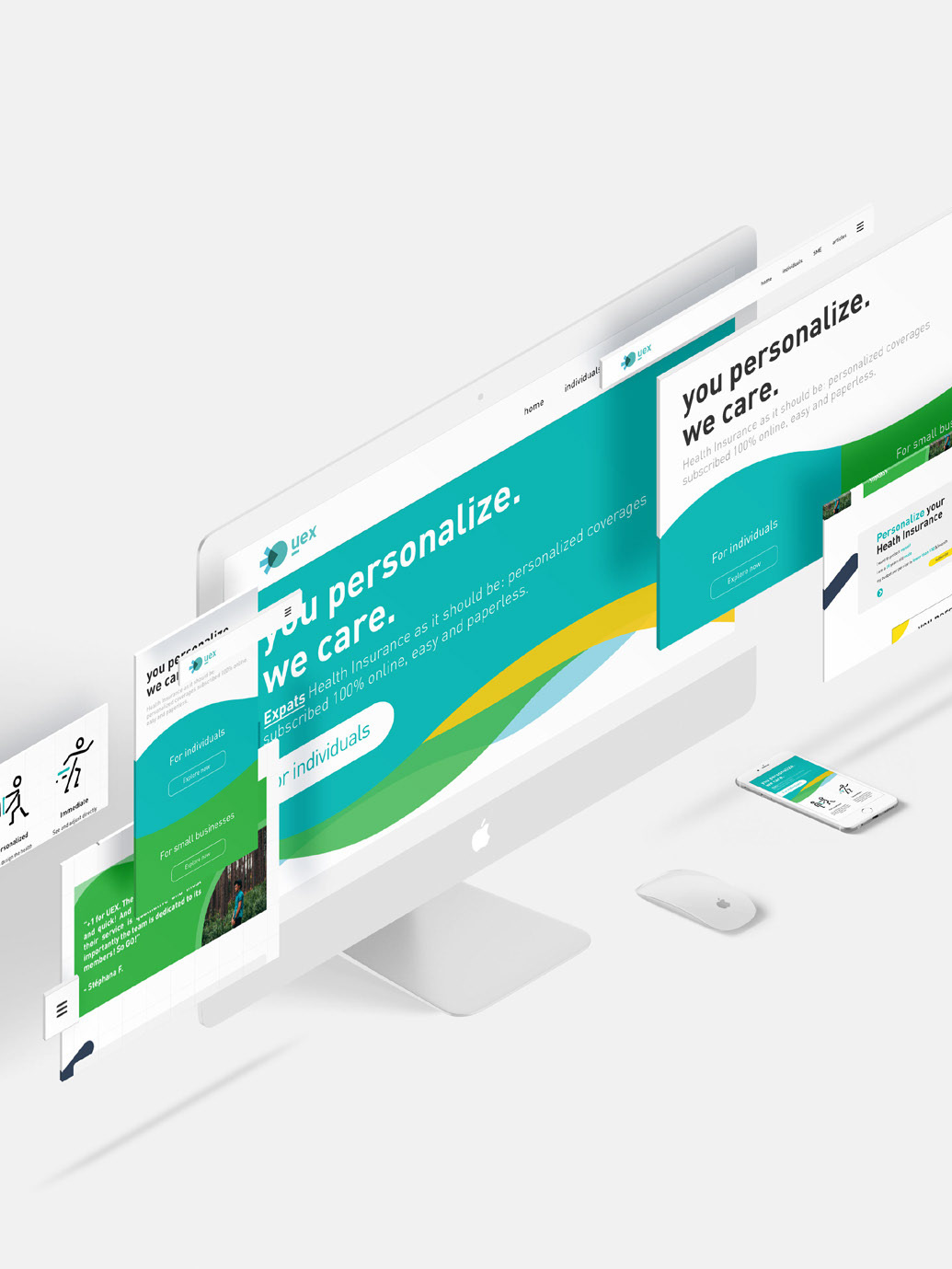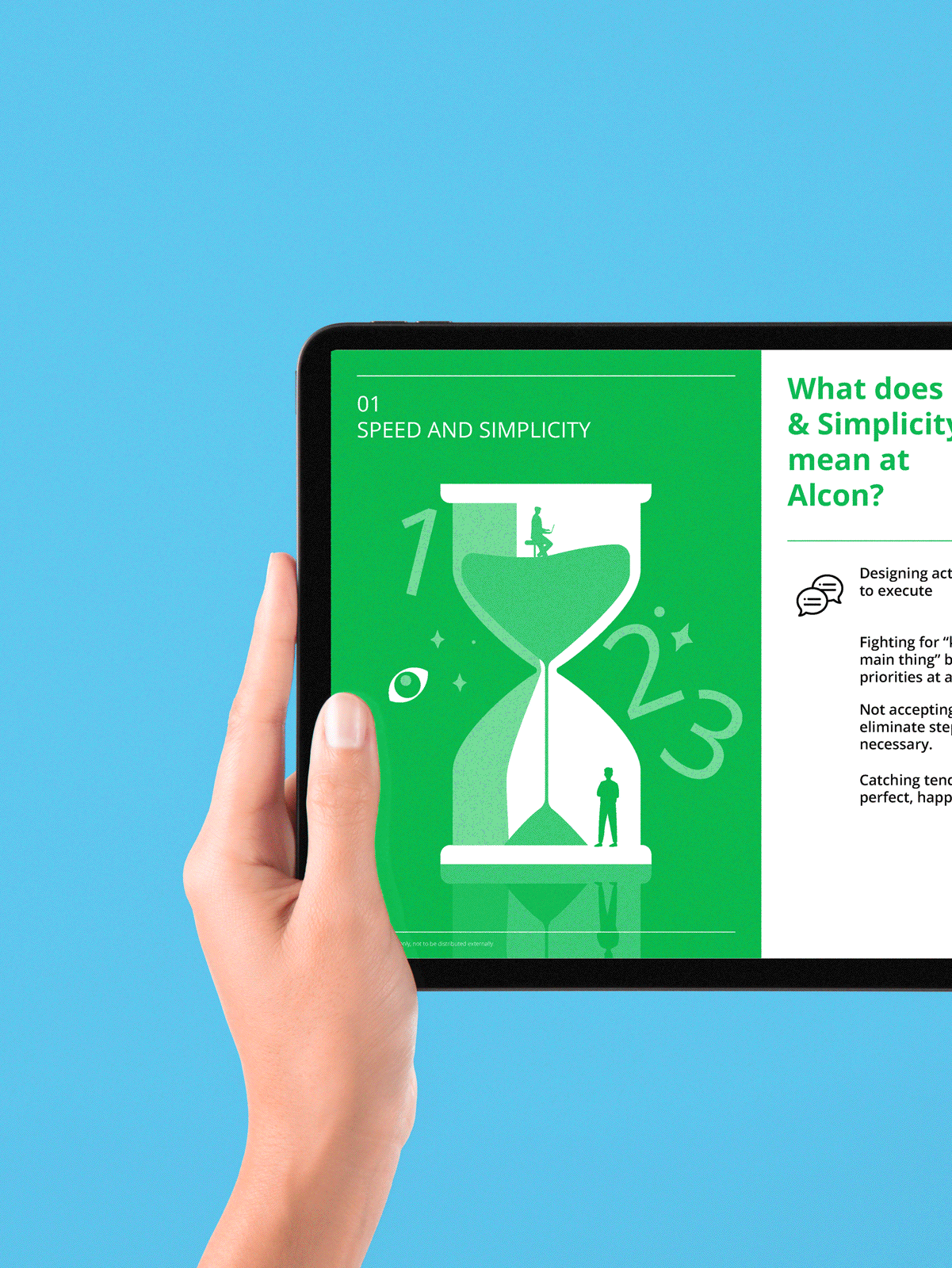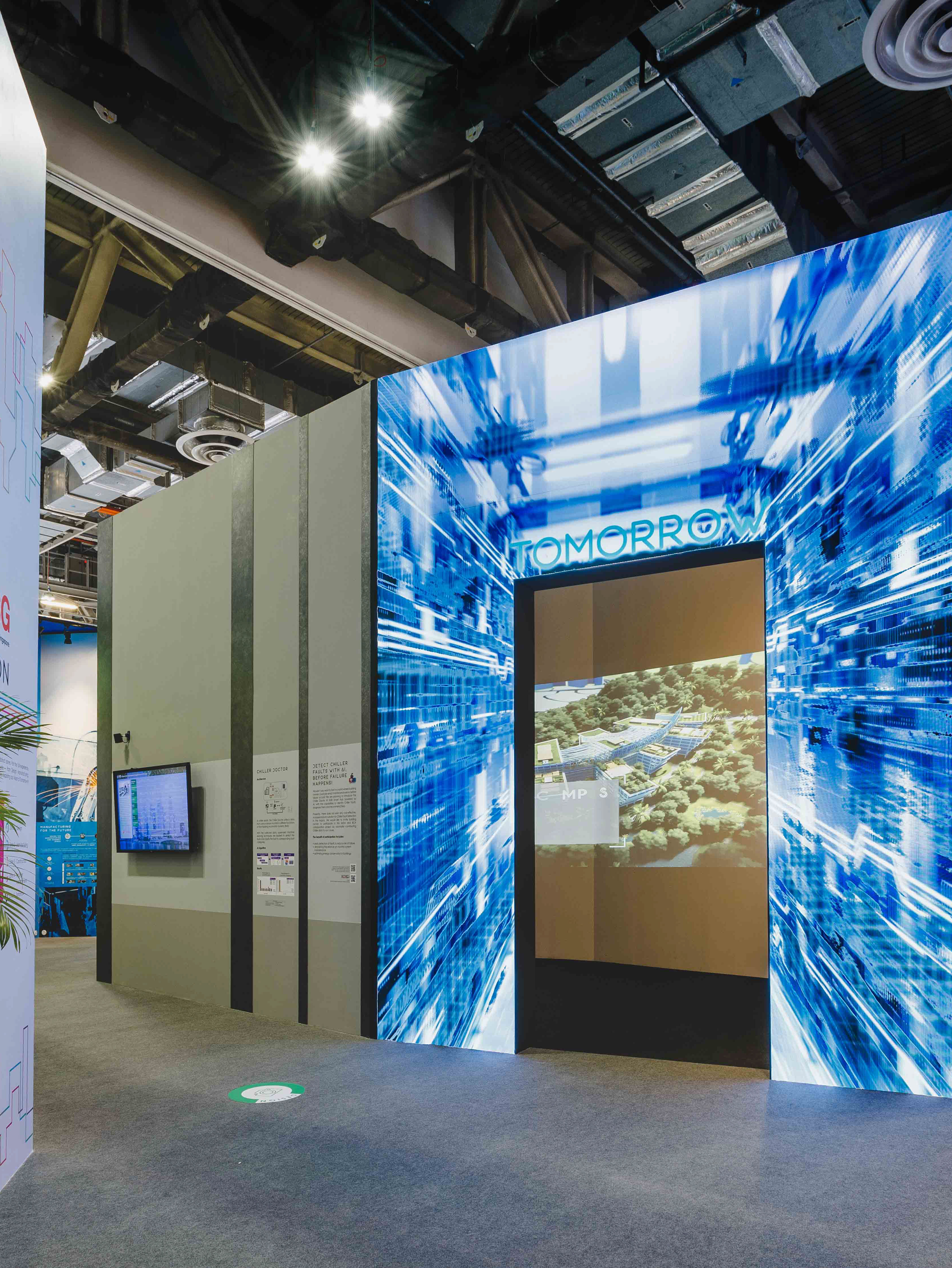Balance: designing mindfulness experience — a Mock UX case study
Overview
The goal of this mobile application for Balance is to identify the pain points, generate user flow, create wireframes to visualise the final design and present the possible solutions for the user.
I am able to discover the user pain points by conducting the contextual interview and generating the user flow based on the data that I have discovered. I have re-embraced the fundamental of the sketches before translating them into wireframes as it helps me to design, communicate and visualise better.
Role
User Research, UX/UI, Wire Framing ,Prototyping,
End-to-end design
22 Nov - 2 Dec 2021
End-to-end design
22 Nov - 2 Dec 2021
I. Discover
Drafting my contextual interview to achieve my goal
Following are some of the questions that I have developed to ask during my user interview to discover the pain points of my user. I think these questions are relevant as it helps me to understand what are the challenges the users are facing and the belief they have to hold on to. It is important to help me to understand user behaviour and frustration.
- How important does mental health wellness mean for you?
- How do you find out about mental wellness information?
- What are the challenges do you face in seeking help? (and why?)
- How do you associate when you talk about mental health wellness? (and why?)
- How important does mental health wellness mean for you?
- How do you find out about mental wellness information?
- What are the challenges do you face in seeking help? (and why?)
- How do you associate when you talk about mental health wellness? (and why?)
Crafting the persona to identify the pain point
Due to the limitation I have during the course, I created the persona based on a user interview with my partner. Despite the journey, I understand that generating a persona is not based on one individual but on a collection of different groups of similar individuals. This process helps me to identify the usability study which embodied typical user goals and needs highlighted potential problem areas that allow for improvement in user experience.
II. Define
I have applied the method of Double Diamond into my design process begins with defining the problem and moving on to develop a solution. The insights gained from usability testing informed my future decisions.
- To have a community that allows her to feel comfortable to reach out to.
- Source out accurate and reliable information.
- To have encouragement to keep her mental wellness in check.
- Source out accurate and reliable information.
- To have encouragement to keep her mental wellness in check.
To empathise and understand their problems, I continually iterate and came out with the problem statement. This step is essential as it helps to determine what I need to focus on to conduct the whole process and never lost sight of it.
How Might We (HMW)
I have utilised HMW to help brainstorm what are potential ideas for the solution. I came up with some HMW statements as follows to explore the possible ways to tackle the problem statement.
- HMW make the support reachable?
- HMW create a comfortable environment for her to express herself?
- HMW make it accessible for her to get the information she needs?
- HMW make the information different from the other source?
- HMW cater for the needs that differentiate them from others?
The following questions help me to brainstorm to come out with a solution for the mobile application. However, I have narrowed and focused on TWO of the HMW that I have highlighted above. Both the HMW allow me to formulate the solution to tackle the problem.
- HMW make the support reachable?
- HMW create a comfortable environment for her to express herself?
- HMW make it accessible for her to get the information she needs?
- HMW make the information different from the other source?
- HMW cater for the needs that differentiate them from others?
The following questions help me to brainstorm to come out with a solution for the mobile application. However, I have narrowed and focused on TWO of the HMW that I have highlighted above. Both the HMW allow me to formulate the solution to tackle the problem.
Generate User Flow
My ultimate goal was to map out the experiences that my user will be experiencing. This step allows me to look at the user's movement through the product's perspective. While mapping out each and every step the user takes—from entry point right through to the final interaction it helped me to anticipate what I needed to do in order to achieve an optimal user experience.
I find that this step is critical as it helps me to formulate the design in the most effective way before jumping into any development of the design. It helps me to understand what is the main focus and avoid running off the track.
I find that this step is critical as it helps me to formulate the design in the most effective way before jumping into any development of the design. It helps me to understand what is the main focus and avoid running off the track.
User flow for Balance
III. Develop
Based on the usability study I have conducted, I was able to gain valuable insights into the main frustrations user are facing. A few of the main pain points that we have to focus on include:
- A safe community for users to reach out to.
- A platform with reliable and accurate information.
- A platform with reliable and accurate information.
Low to High Fidelity Wire-frames
As I begin to design, I sketch out some basic wireframes to gain a better understanding of how I would arrange the content and information on the various screens. This step is essential as it helps me to focus on the user experience instead of the appearance of the design. Moving on I have further developed and laid them out and viewed the user path, I find it important as it helps me to prototype it better.
Digitalise the sketches into basic wireframes
User Path of Balance
Mood Board sets the tone. Design materials such as colour were the final touch to bring the prototype to life.
By setting a reminder to myself that it is a mindfulness mobile application, I kept the mood bright and light-hearted and infused calm, relaxing colours.
I have taken reference to the eco-conscious “cardboard” style, I decide to incorporate that “eco” look and feel into digital products. I do believe that it will make the user more comfortable.
I have taken reference to the eco-conscious “cardboard” style, I decide to incorporate that “eco” look and feel into digital products. I do believe that it will make the user more comfortable.
User interfaces for Balance main dashboard, discover clubs, daily challenge page (from left to right)
IV. Deliver
Design, test, iterate, re-design, re-test, re-iterate
After two rounds of usability testing, I have come up with the design you see on screen. It is based on the results that I have gathered. Following are some of the results I have to understand from the users.
- Users are confused when they land on the landing page and don’t know what to do.
- Users are likely to struggle upon joining the club's page because they are confused.
- Without content, users are unlikely to find what they are looking for.
Through the usability testing what users like:
- Users are confused when they land on the landing page and don’t know what to do.
- Users are likely to struggle upon joining the club's page because they are confused.
- Without content, users are unlikely to find what they are looking for.
Through the usability testing what users like:
- Users feel that the layout of the app is clean and straight to the point.
- They think the navigation is easy to use.
- They like the alert that lets them know if there are any updates and alerts.
- The visual element provides in the apps are eye-pleasing.
- They think the navigation is easy to use.
- They like the alert that lets them know if there are any updates and alerts.
- The visual element provides in the apps are eye-pleasing.
Thank you for reading! I hope you enjoyed this case study.
Interested in hiring me? Enquire at mail@angelalsn.com
Interested in hiring me? Enquire at mail@angelalsn.com






